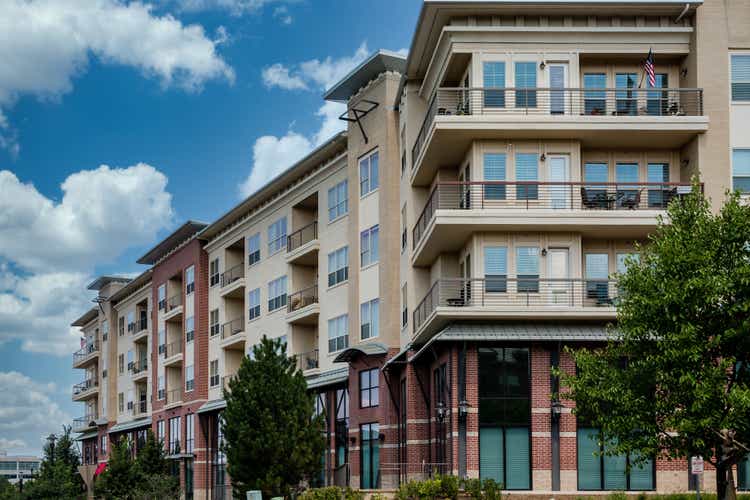AI-powered living is no longer a luxury. It is on the verge of becoming as fundamental as running water or electricity, but only if we get its purpose right.
Picture a 78-year-old father who wakes with a high fever and cannot get out of bed. In the past, he might have called his doctor or his son. Now, his son calls him, alerted by the home itself after noticing no blinds opened, no movement in the kitchen, no morning routine. This is the promise of the AI-powered home: transforming from a passive structure to an active partner in care.
The demographic shift no one in tech can ignore
One third of U.S. households now have a single occupant. By 2034, Americans over 65 will outnumber children for the first time. These trends will reshape the housing market and the consumer technology industry. The question is not whether AI will live in our homes, but whether it will be built to address the realities of aging, solo living, and safety.
Three priorities for the AI home era
If AI is going to move from “smart” to truly indispensable, we need to tackle three priorities:
1. Cross-sector coordination
Industry standards like Matter are promising, but the stakes require more. Technology providers, health systems, policymakers, and community organizations should set shared standards for interoperability, affordability, and rollout. Treating the connected home as public infrastructure, not a novelty, is the fastest path to broad adoption.
2. Privacy as a given
Data will power these homes, but trust will determine their success. Security must be built-in from day one. Hardware-level protections, such as those used in Samsung Knox Vault, demonstrate that it is possible to safeguard sensitive information proactively rather than reactively.
3. Design for people, not just systems
The most valuable AI will adapt to us naturally. This means making homes as reassuring as
they are efficient – technology that personalizes, anticipates, and blends into life without feeling intrusive.
The risk of standing still
Failing to address these shifts risks leaving both consumers and communities underserved. Many people already struggle to navigate their homes safely. By 2050, seniors will account for a quarter of global consumption, meaning their needs and preferences will heavily influence how housing, health care, and home technology are designed. For younger, single-person households, safety, energy efficiency, and connectedness are already top priorities. In both cases, the intelligent home can deliver solutions conventional housing cannot.
From passive space to intelligent asset
The AI home is not simply a tech upgrade; it is a redefinition of what “home” means. AI will not just be in devices. It will live in the walls, manage the air, and orchestrate the flow of energy and information.
The challenge is to shape this transformation in ways that build trust, drive adoption, and create broad societal benefit. Get it right, and we will set the standard for how future generations live. Otherwise, AI in the home will remain an underused promise.
Seungbeom Choi is Executive Vice President and head of the Device Platform Center at Samsung Electronics, overseeing key platforms for connectivity and security.
This story was originally featured on Fortune.com

 1 hour ago
1
1 hour ago
1










 English (US) ·
English (US) ·